Description
When Vata is deranged along with Kapha, it gives rise to cold and heavy swellings in the body. The lymphatic drainage is hampered, and there is profuse pooling of lymphatic fluid in body spaces. This Vata-Kapha aggravation is deftly overcome by the heat and pungency of ‘Amla’ rasa (sour taste) and Gomutra (cow’s urine) characteristic of Panchamla Thailam.
Panchamla Thailam captures the intense Vata-Kapha Samana property of ‘Amla’ rasa or sour taste in a fortifying sesame oil base. It is indicated for Abhyanga or body massage.
Abhyanga or ‘massage’ is an important part of the Dinacharya (Daily routine) prescribed by Ayurvedic literature. Scriptures suggest the use of suitable oils massaged in the direction of hair growth and around joints, to pacify aggravated doshas and maintain balance.
Features and benefits of Panchamla Thailam –
- Panchamla Thailam is an excellent remedy for Vata-Kapha joint disorders characterized by persistent oedema cold to touch with dull aching pain and restricted mobility.
- Panchamla Thailam on application heats the affected region, increases blood circulation and stimulates lymphatic drainage. Promotes healing and tissue repair.
- Gomutra along with the the ‘Amla rasa’ drugs penetrate deep into the tissues to relieve inflammatory pathologies.
- Panchamla Thailam is also beneficial in managing all kinds of fluid collections in body spaces like bursitis, ascites and joint effusions.
- Used effectively in relieving arthropathies that arise as complications of infectious fevers.
- Abhyanga (self-massage) with Panchamla Thailam helps in calming the Vata element throughout the body. It invigorates the skin and the nervous system.
Quantity sufficient based on area of application.
For self-massage, Panchamla Thailam should be warmed and massaged in smooth continuous strokes over the entire body, going round the joints several times.
Key Ingredients:
CHINCHA (Tamarindus indicus)
Tamarind is also known as “Indian date” is a sweet and sour fruit that is an integral part of the Indian cuisine and has many health benefits..Tamarind is considered good for constipation due to its laxative property. It helps to boost immunity as it is rich in Vitamin C and antioxidants, making it useful in managing the common cold. Tamarind powder might also help to manage blood sugar as well as insulin levels and is thus considered good for diabetic patients. It might also be beneficial for people trying to manage weight as it helps decrease food cravings thereby preventing overeating.
AMALBHEDA or AMLAVETASA (Garcinia pedunculata )
It is an evergreen tree that is native to parts of Myanmar and northeastern India. Traditionally, Amalbedha is used to improve digestion because of its digestive properties. Amalbedha helps in weight loss by lowering blood cholesterol and triglycerides levels due to its antioxidant properties. The dried Amalbedha fruit can be added to the diet to get the benefits of Amalbedha. Amalbedha also helps in managing diabetes by lowering blood glucose levels due to its antioxidant properties. The antioxidants present in Amalbedha also prevents liver damage and shows a hepatoprotective property.
AMRATAKA (Spondias pinnata)
The various scientific studies done on Spondias pinnata show its significant antioxidant,
antimicrobial and thrombolytic (breakdown/lysis of blood clots) activities. It also possesses good to moderate antioxidant, cytotoxic, and antibacterial activities.
VRUKASHAMLA (Garcinia indica)
Texts of Ayurveda explain the health benefits of garcinia as follows. Garcinia
pedunculata or vrukshamla is recommended in obesity (sthoulya) related issues. It also helps in weight loss and treatment of PCOS or PCOD.
HARITHAKI (Terminalia chebula)
Commonly-known as the Indian walnut tree, it is one among the Triphala. The important drug in the various ayurvedic preparations. It holds high significance for treating diarrhea, dysentery, vision problems, obesity, gingivitis, gout, asthma.
SATHAMBASTHI (Hibiscus furcatus)
The sour leaves are used as a food ingredient and used in the preparation of South Indian cuisine. The leaves are the source of an Ayurvedic drug Sathambasthi. This drug is one of the five acid drugs (Pancamla). It is a major constituent of Pancamlatailam, an oil preparation for body-anointing. The leaves are also an ingredient in Ayurvedic drug Annabhedi sinduram and Abhram. The leaves are anti-inflammatory and anthelmintic. Tribal healers of Kerala region use this plant to treat Liver diseases. It is said to improve digestion and have anthelmintic action.


 Sign In
Sign In Cart
Cart 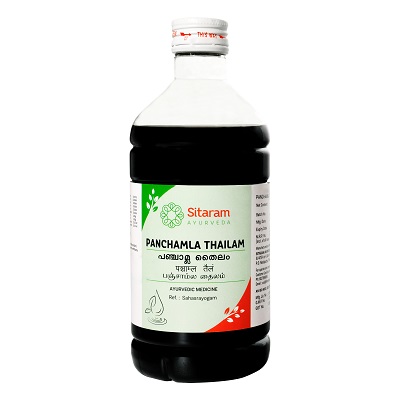
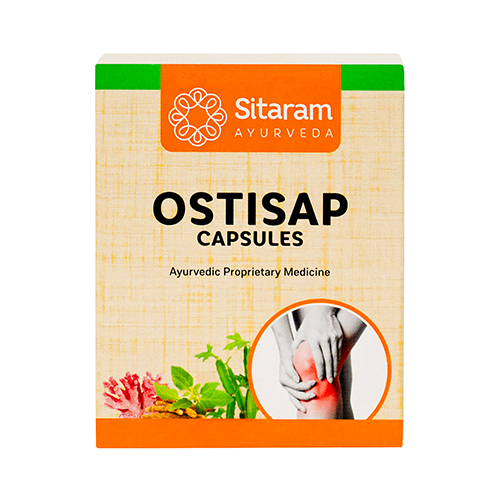
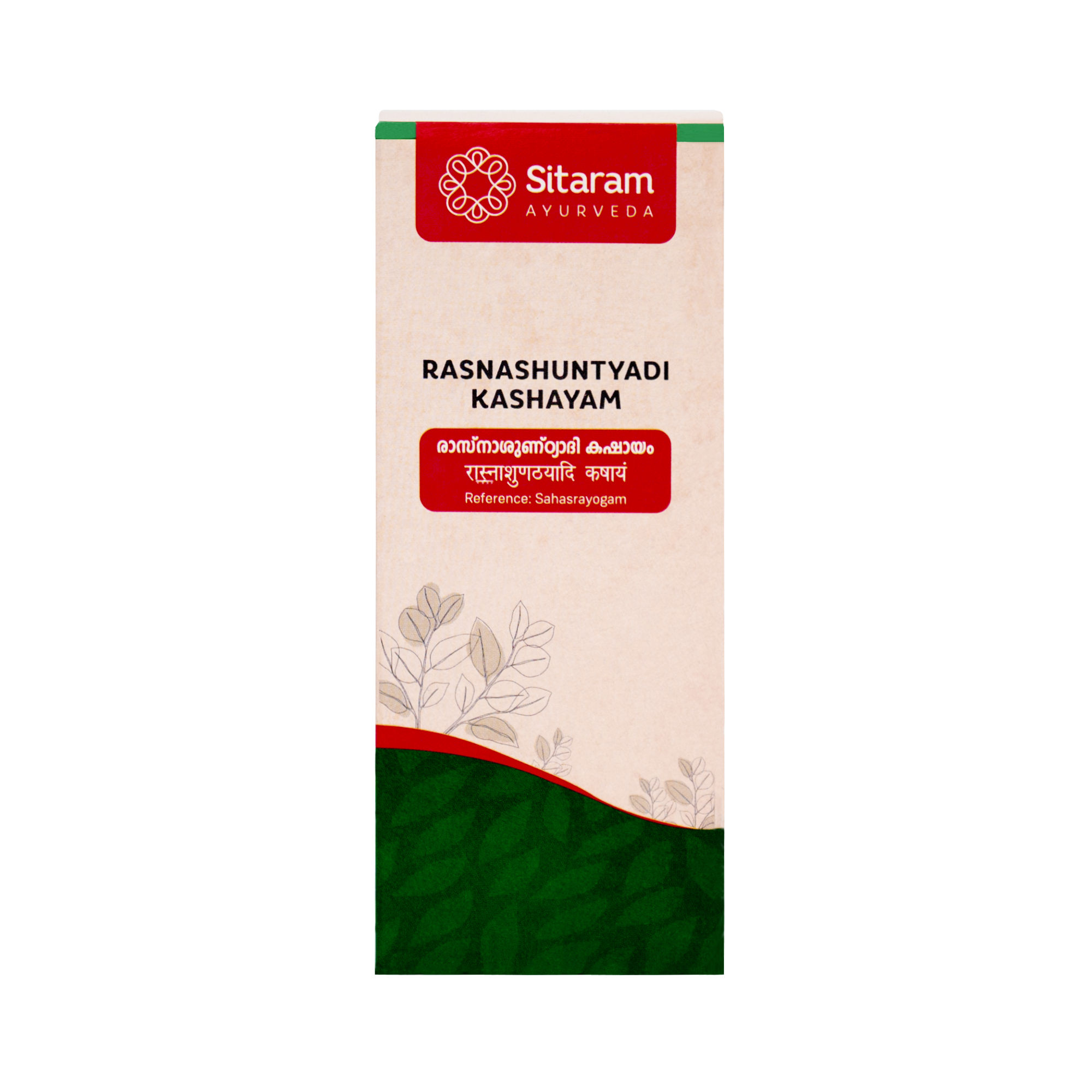
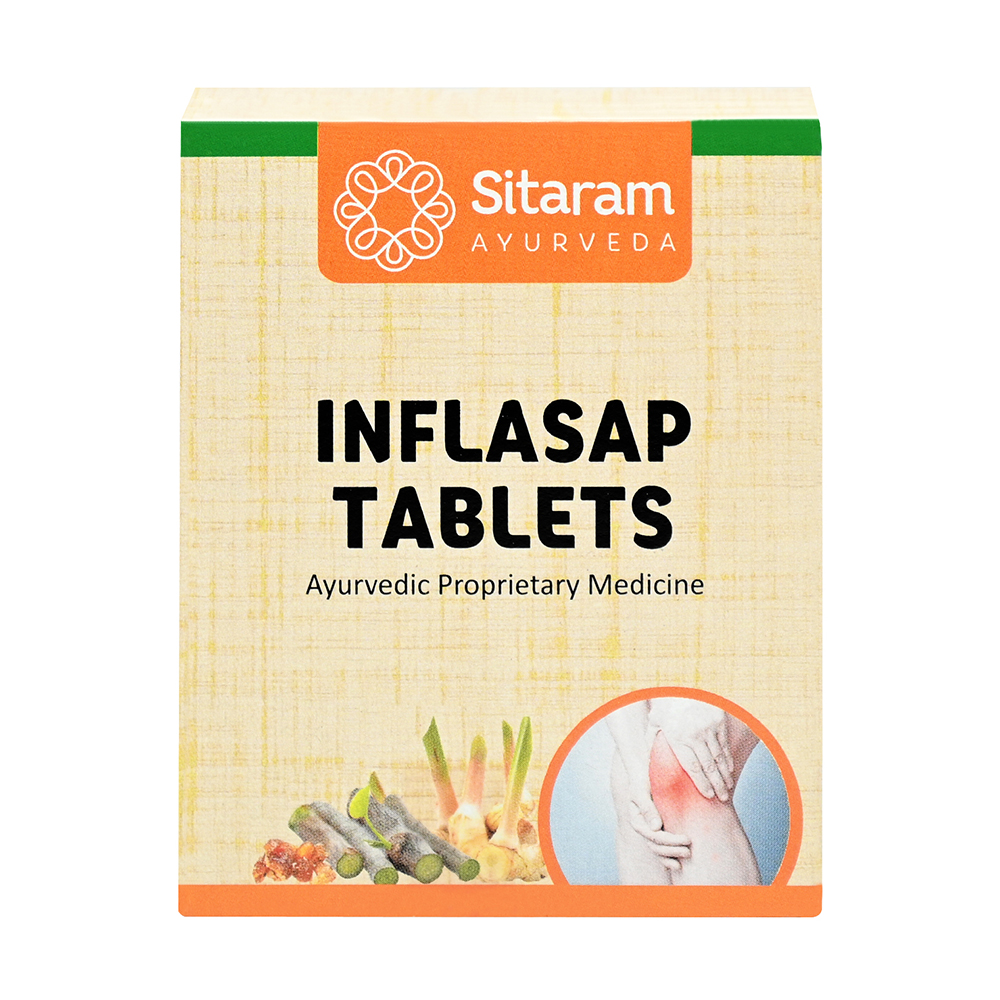
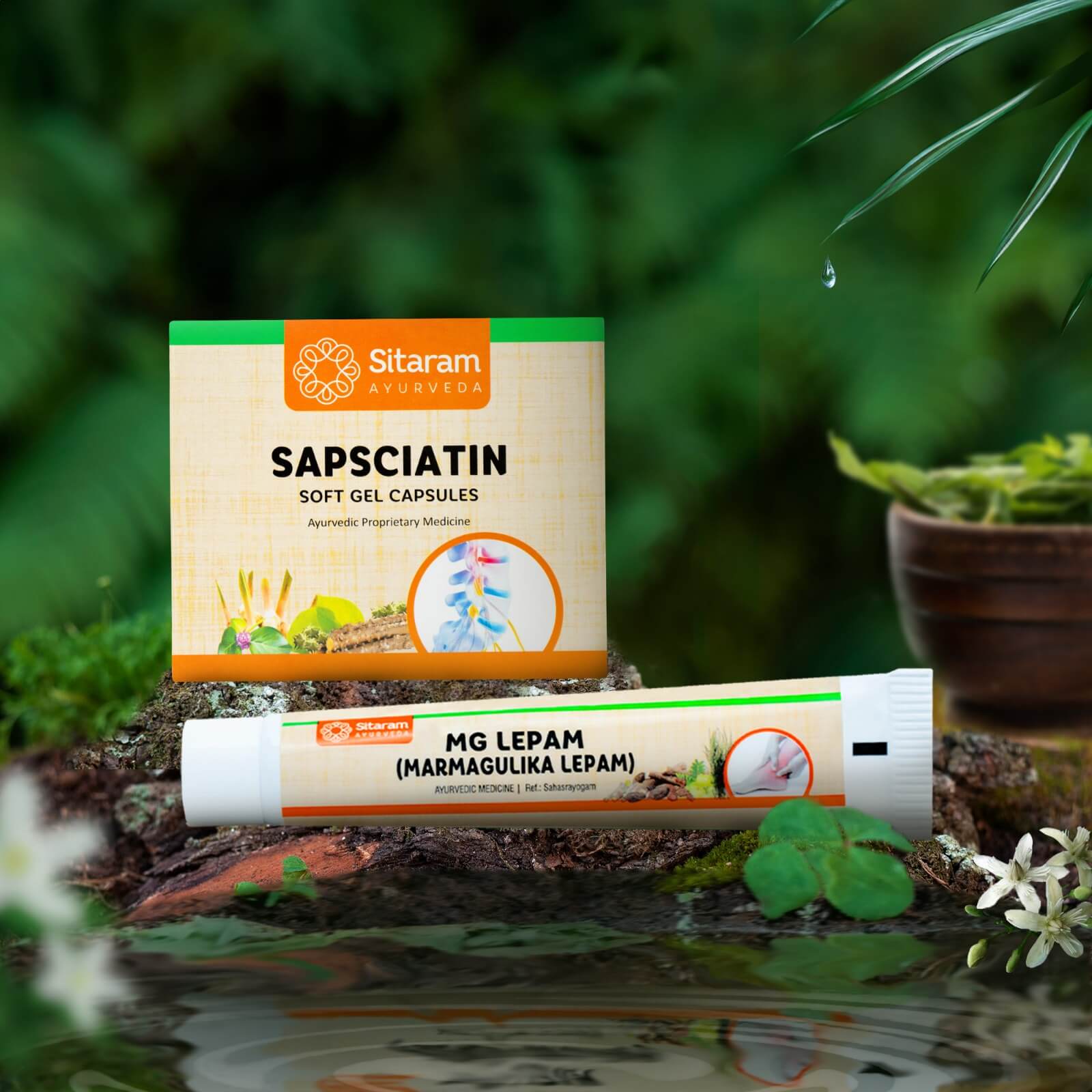
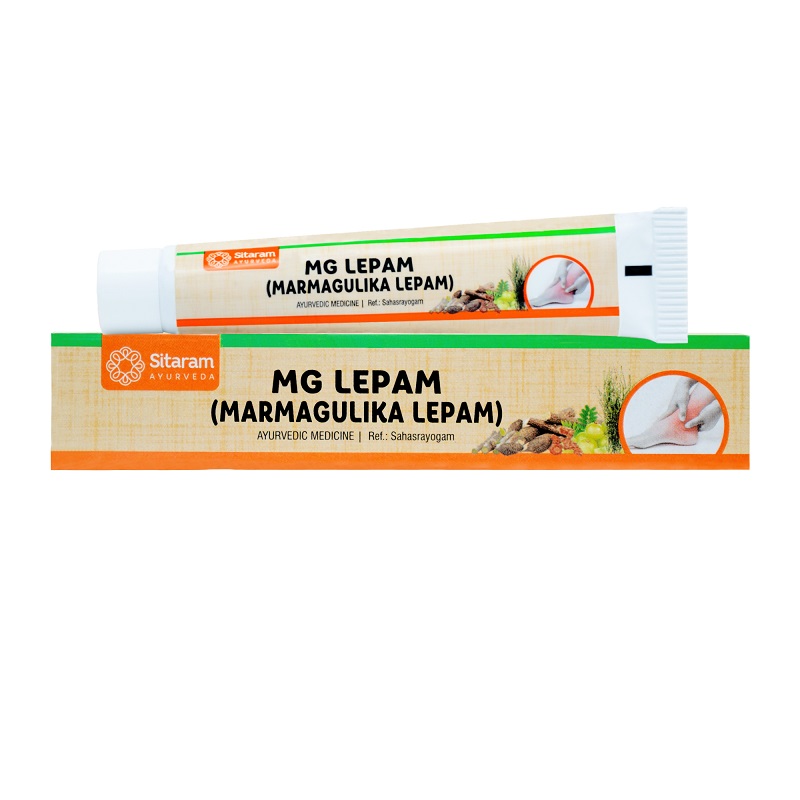
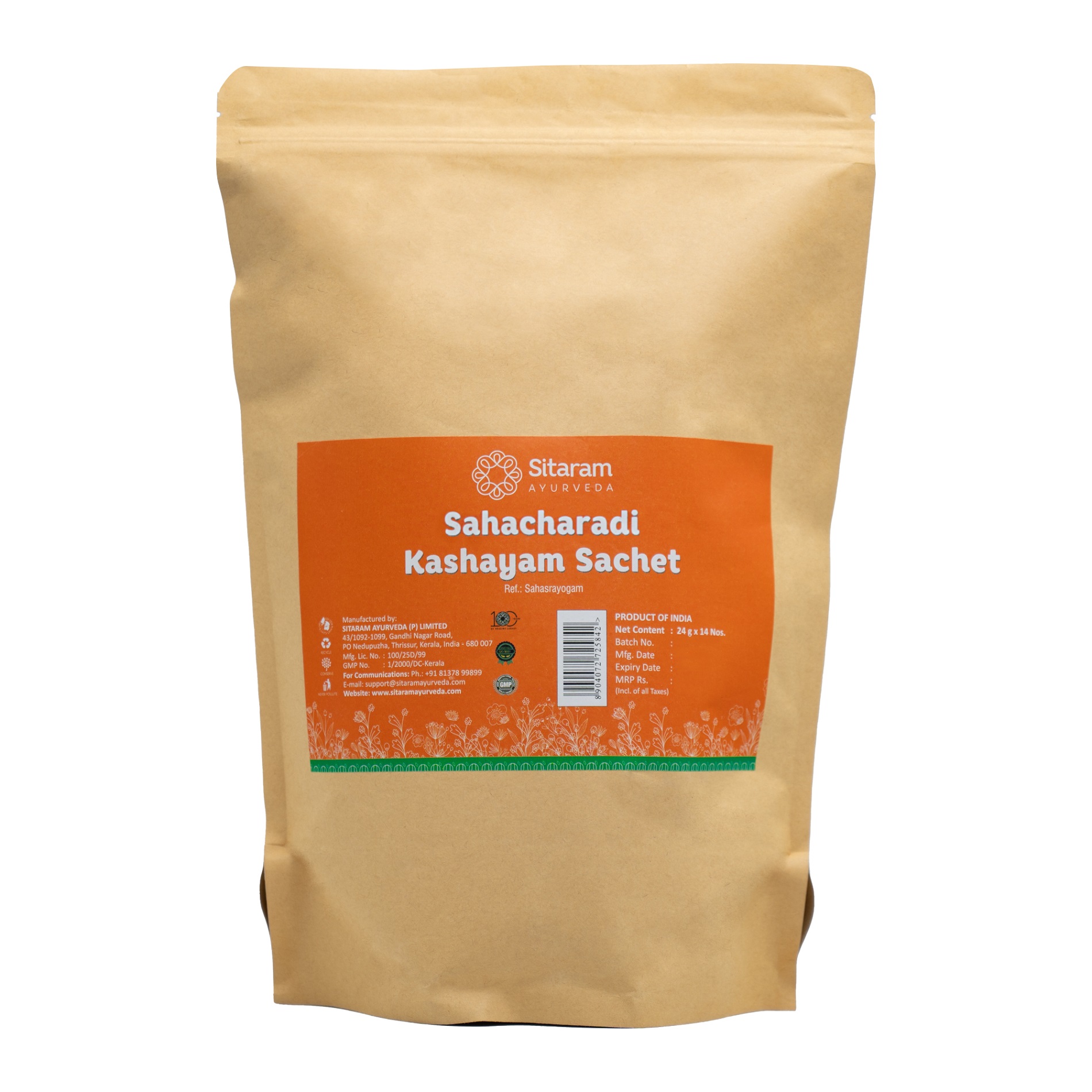
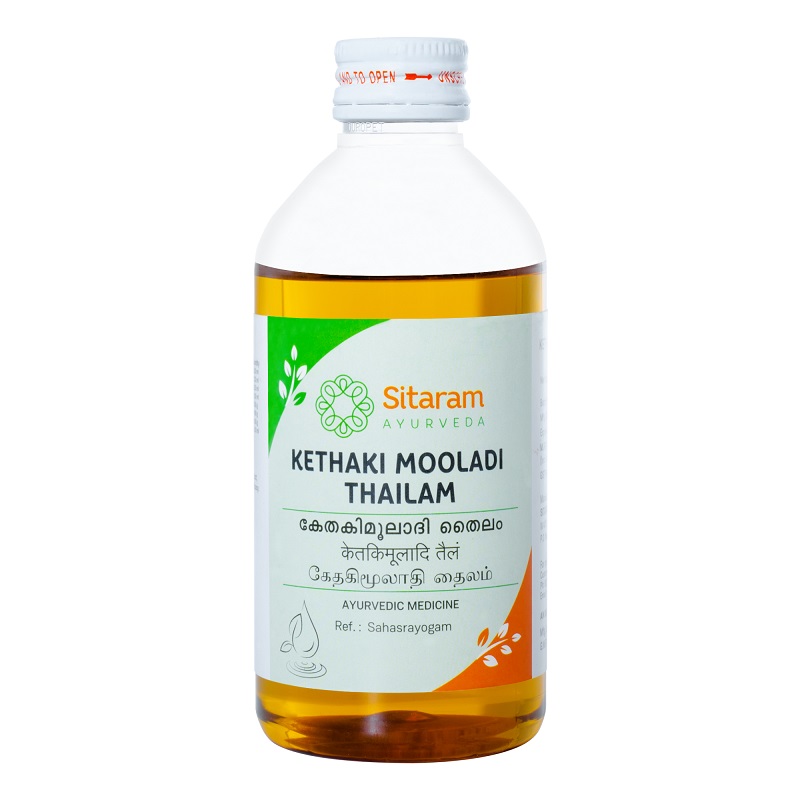
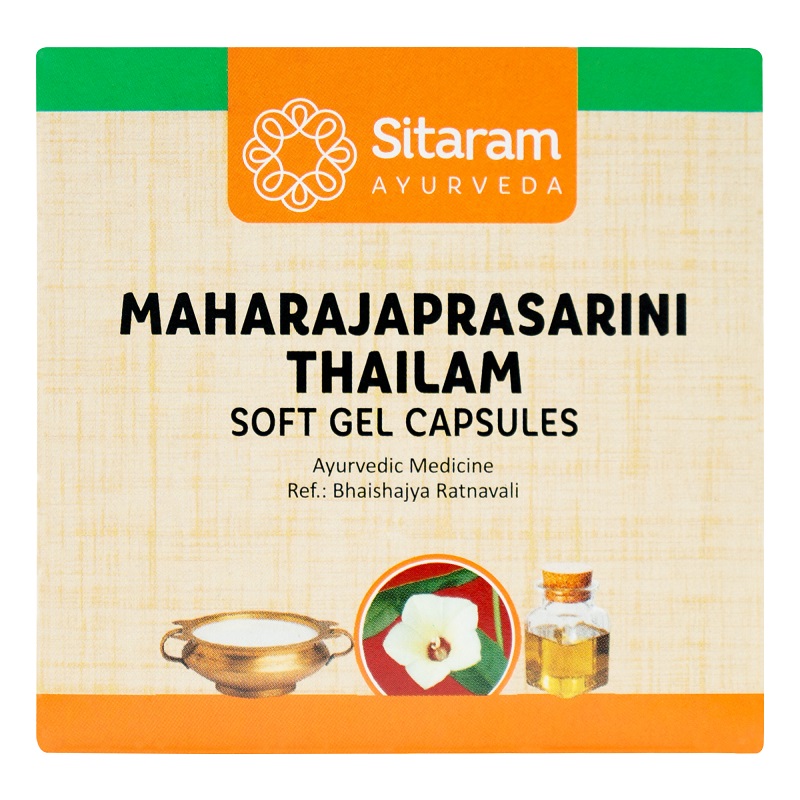
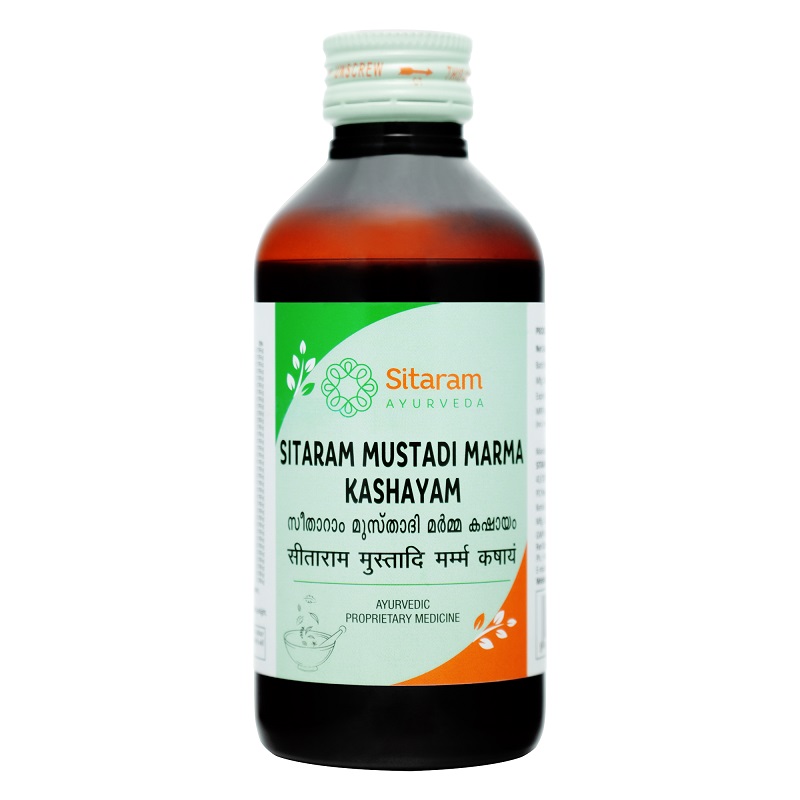
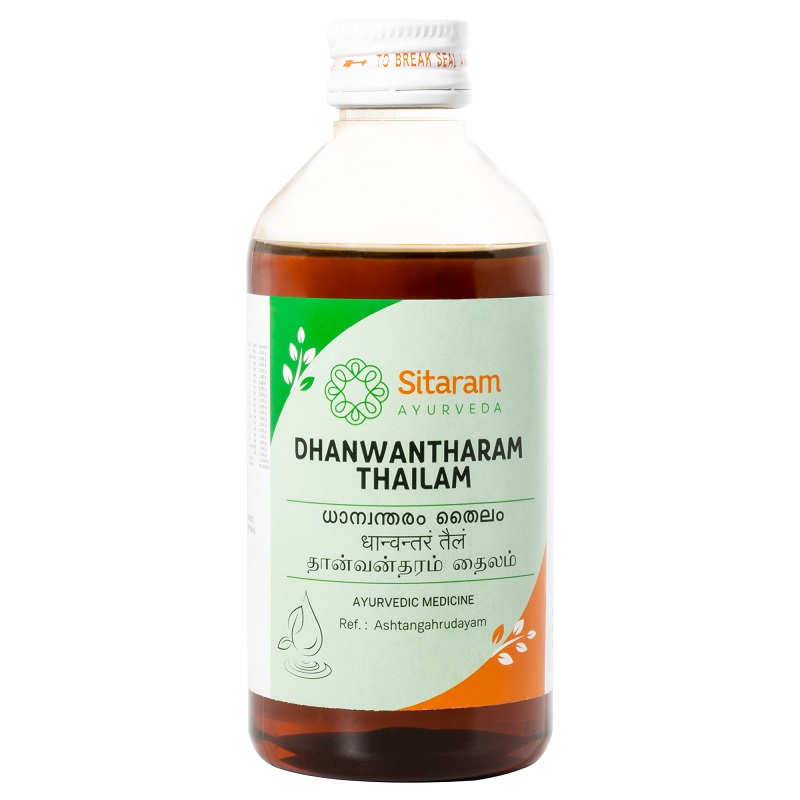
Reviews
There are no reviews yet.